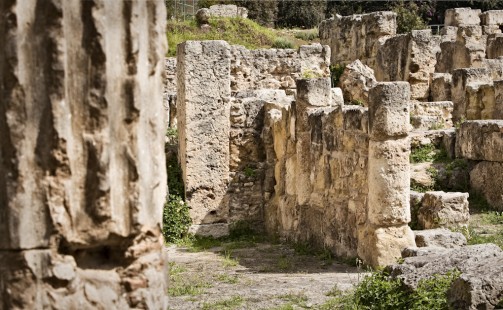The complex known as the Villa of Tigellio because it was originally attributed to the cantor of the same name, a contemporary of the emperor Augustus and known for his wealth and extravagance, is actually a patch of an elegant residential quarter of the Roman Karales, which arose at the end of the 1st century B.C. and was frequented, with various transformations until the 6th-7th centuries A.D. The remains of three adjacent dwellings flanked by a narrow alleyway separating them from an area where the bath complex stood, the remains of whose calidarium floor are preserved. The building types, in part conditioned by the course of the rocky slope on which the various rooms were arranged on several levels, recall those of the Roman domus, articulated longitudinally in rooms whose arrangement and function obeyed well-defined canons. Excavations, carried out on several occasions since the last century, have returned valuable wall decorations and floor mosaics, from which two of the domus were given the names “house of stucco” and “house of painted tablinum.” A few fragments of frescoes, a patch of polychrome floor mosaic, and a floor built in the opus signinum technique are currently visible.









